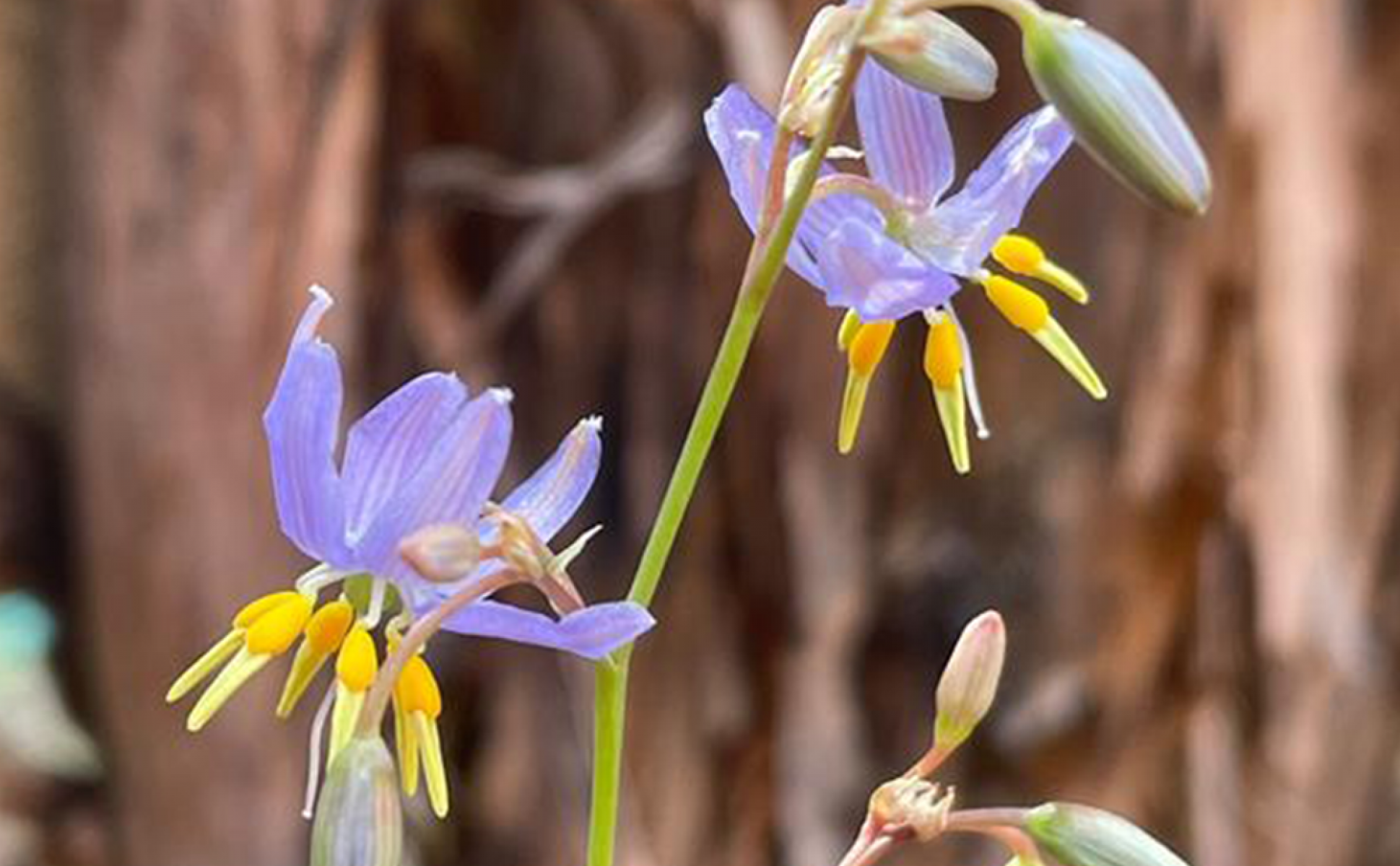On this page:
The growling grass frog, golden sun moth and striped legless lizard are just some of the threatened species to be permanently protected in 36 conservation areas being created in Melbourne’s growth corridors. That’s why it’s vital that these biodiversity gems are carefully looked after during development.
The Biodiversity Conservation Strategy outlines how they need to be protected. It also explains the Victorian and Australian governments’ mandatory biodiversity protection requirements for anyone developing land within or next to a conservation area.
Who is this information for?
There are strict planning requirements for any development next to, or within, a conservation area. This is for:
- landowners, developers or other consultants with land containing a conservation area, or with land next to a conservation area
- infrastructure or utility providers seeking approval for works in a conservation area.
Conservation areas are protected by Victorian and Australian Government requirements.

Planning requirements for landowners and developers
If you are subdividing or developing land that contains, or is next to, a conservation area, you must meet these mandatory conditions:
1. Secure and protect the conservation area
As part of the first stage of a subdivision, a separate lot must be created for the conservation area. View up-to-date conservation area boundaries on the MSA Levy Estimator tool and download from VicGov DataShare.
An agreement under section 173 of the Planning and Environment Act 1987 will need to be entered into and registered to the title. The agreement will specify how and when the conservation area will be transferred to the Crown.
Alternatively, an agreement with the Secretary under section 69 of the Conservation, Forests and Lands Act 1987 can be entered into and registered to the title. This will require the landowner to maintain and manage the conservation values at their own cost.
For more information on this, please see the below guidance note on securing the conservation area and land preparedness requirements.
2. Develop a construction environmental management plan
In most cases, all works within or adjoining a conservation area will need a construction environmental management plan (CEMP). Please email msa.planning@deeca.vic.gov.au for review and approval.
Your CEMP should outline how risks to native plants, animals and ecosystems will be managed.
For more information, please view Construction environmental management plans under the Melbourne Strategic Assessment.
3. Develop a fencing plan
Conservation areas need to be protected with suitable fencing. The right fencing and gates make it easier for land managers to safely access and maintain the land.
Different fencing requirements are needed throughout the development process, including permanent fencing. That’s why you need to prepare a fencing plan.
Please ensure your fencing plan is consistent with:
- CEMP semi-permanent fencing requirements
- functional layout plans – ensures management access points to conservation areas are correctly located and have suitable vehicle crossovers
- landscape plans
- requirements for permanent fencing for growling grass frog conservation areas
- requirements for permanent fencing for nature conservation areas.
For more information on this, please see the below guidance notes on securing conservation areas and fencing requirements for growling grass frog conservation areas.
For more information, please email msa.planning@deeca.vic.gov.au.
4. Develop a land management plan
Landowners need to protect and maintain the existing biodiversity values (threatened plants, animals and ecosystems) of conservation areas during the development of the land. This is achieved by preparing and implementing a land management plan. The plan should outline:
- management of weeds during the development
- revegetation activities, in coordination with weed management activities, to prevent the re-colonisation of weeds
- removal of rubbish and hazards and any contaminated material
- pest management consistent with Catchment and Land Protection Act 1994 obligations.
For more information on this, please see the below guidance note and supporting document on preparing a land management plan:
For more information, please email msa.planning@deeca.vic.gov.au.
5. Salvage and relocation of native vegetation
In some areas, native plants might need to be removed and relocated before development begins. Our team will arrange to do this at no cost to the landowner, we just require access to the land. Please email msa.bioconservation@deeca.vic.gov.au to arrange this.
The following may need to be removed and relocated:
In addition to these, other threatened, rare, or common plant species may be included. These plants are generally used for restoration activities in conservation areas and reserves.
Please email msa.bioconservation@deeca.vic.gov.au to find out more.
Check if this requirement applies to your land by visiting the MSA Levy Estimator tool and selecting the MSA Salvage and Translocation layer.
6. Kangaroo management
A Kangaroo Management Plan (KMP) may be required under certain circumstances when undertaking development within the Melbourne Strategic Assessment (MSA) area. KMPs should consider potential interactions with conservation areas.
The Guidance Note for Managing Kangaroos in Victoria's Growth Areas has been prepared to assist with the preparation of KMPs. The Guidance Note and further information is available at: Our wildlife - Kangaroos.
Page last updated: 28/05/25
